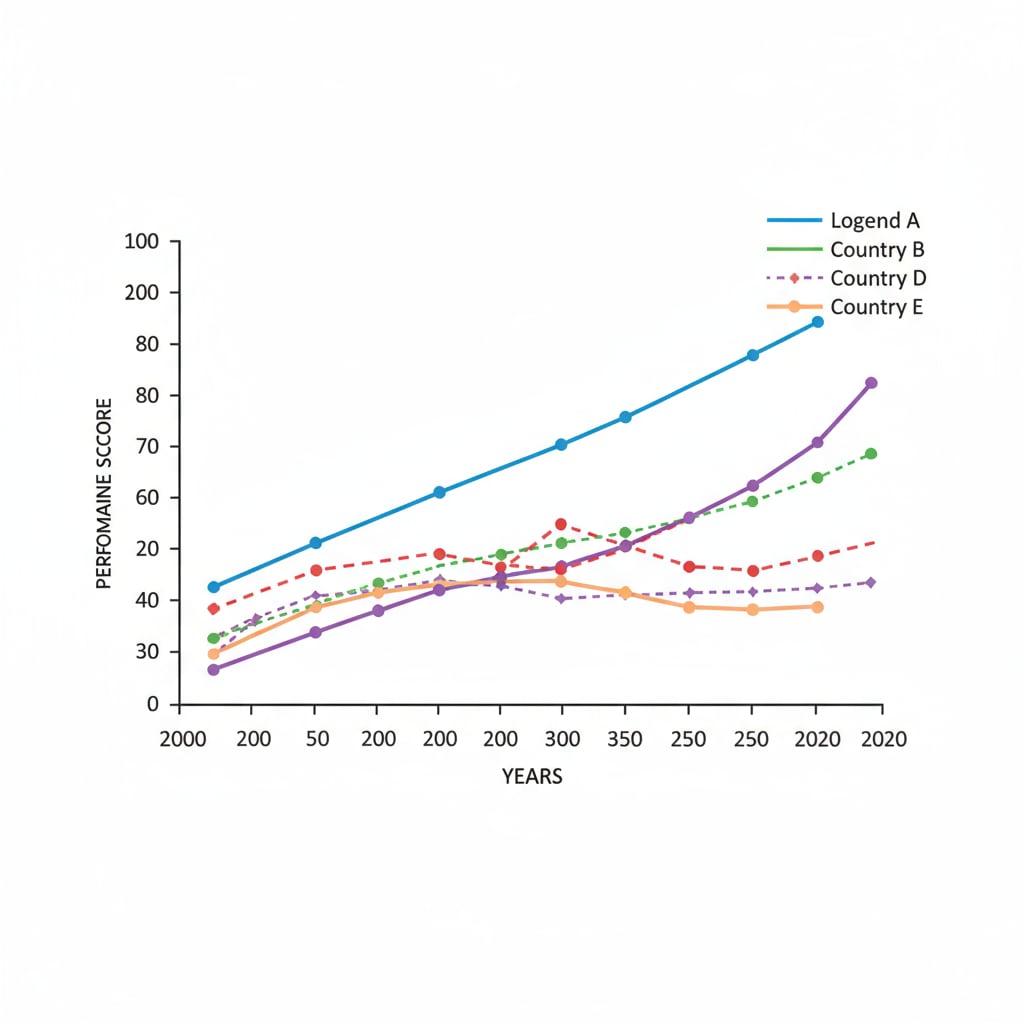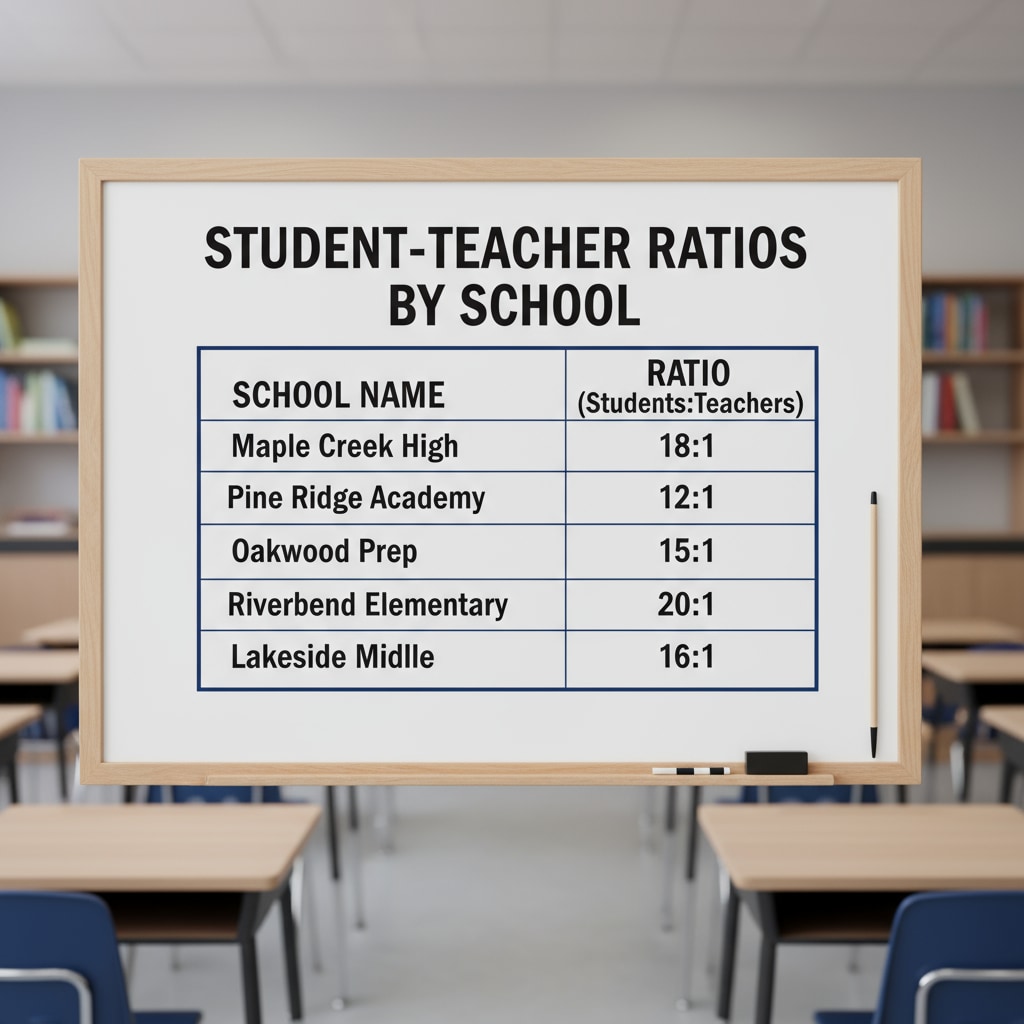In the realm of education, school statistics, PISA (Programme for International Student Assessment), and education assessment play pivotal roles. These elements are crucial for understanding the effectiveness of educational systems and making informed decisions.

Education assessment is not just about testing students; it’s a comprehensive approach that uses various statistical methods to gauge the quality of education. School statistics provide the numerical data that form the basis for these assessments, while PISA offers a global perspective on student performance.
The Significance of School Statistics
School statistics encompass a wide range of data. This includes enrollment numbers, student – teacher ratios, graduation rates, and academic performance scores. For example, enrollment data can help schools plan for future resources. If the number of incoming students is increasing steadily, schools may need to hire more teachers or build additional classrooms. Educational statistics on Wikipedia These statistics are collected through various means, such as surveys, administrative records, and standardized tests. They serve as a mirror reflecting the current state of a school or an educational system.

PISA: A Global Benchmark for Education
PISA is an international assessment that measures the skills and knowledge of 15 – year – old students in reading, mathematics, and science. It was first conducted in 2000 and is now one of the most influential education assessments globally. PISA official website The assessment is designed to evaluate how well students are prepared for real – life situations. For instance, in the reading section, students are presented with various texts and asked to analyze, interpret, and use the information. The results of PISA are used by countries to compare their education systems with others, identify areas of strength and weakness, and inform policy decisions.
Moreover, PISA’s data collection methods are rigorous. It uses a representative sample of students from participating countries, ensuring that the results are a reliable indicator of the overall performance of 15 – year – olds in each nation. This global perspective helps educators and policymakers understand where their students stand in the international educational landscape.
Readability guidance: As we can see, school statistics and PISA are integral parts of the education assessment framework. They provide valuable data that can be used to improve educational quality. In the next section, we will explore how these data are applied in the modern K12 education quality assessment system.
Applying Assessment Data in K12 Education
In K12 education, the data from school statistics and PISA – like assessments are used in multiple ways. Firstly, they help teachers identify the learning needs of individual students. If a particular group of students is performing poorly in mathematics according to school statistics, teachers can adjust their teaching methods to better meet those needs. Secondly, for school administrators, these data are crucial for resource allocation. If PISA results show that a school is lagging in science education, administrators can allocate more resources to science programs, such as purchasing new equipment or providing professional development for science teachers.
Furthermore, policymakers use this data to develop and implement educational policies. For example, if national PISA scores are declining over time, policymakers may introduce initiatives to improve teacher training or revise the curriculum. This continuous cycle of assessment, analysis, and improvement is essential for enhancing the quality of K12 education.
In conclusion, school statistics, PISA, and education assessment are intertwined elements that are essential for the growth and development of educational systems. Educators, policymakers, and parents should understand and utilize these tools to ensure that students receive the best possible education. By leveraging the insights from these assessments, we can work towards improving educational quality at all levels, from individual classrooms to national education systems.


